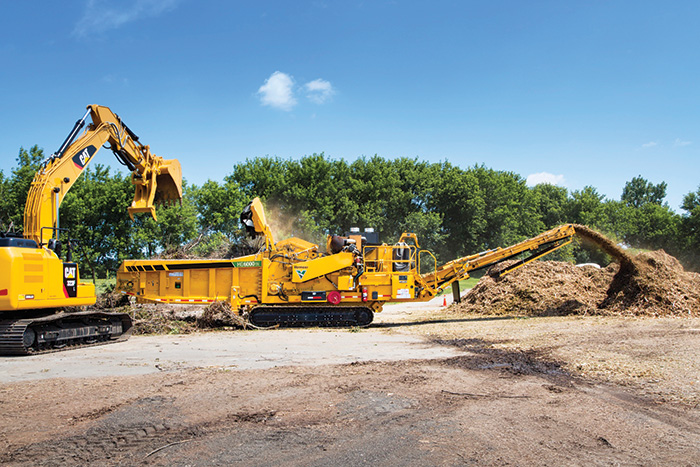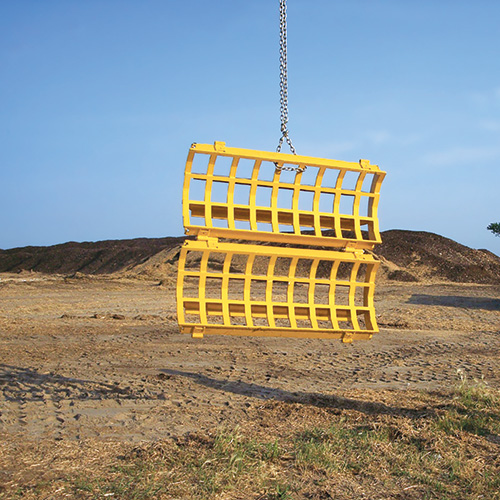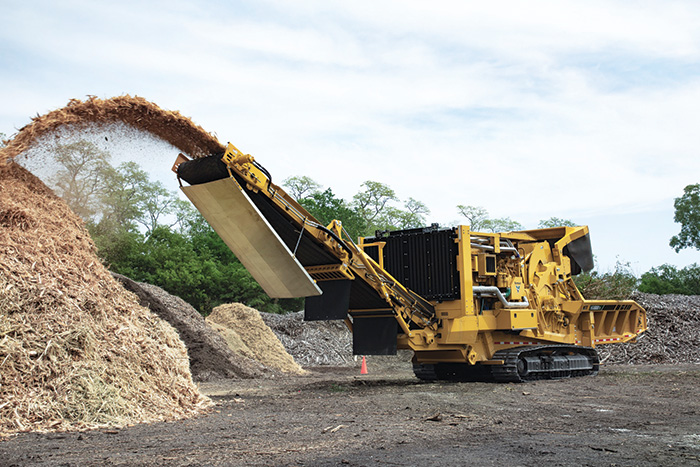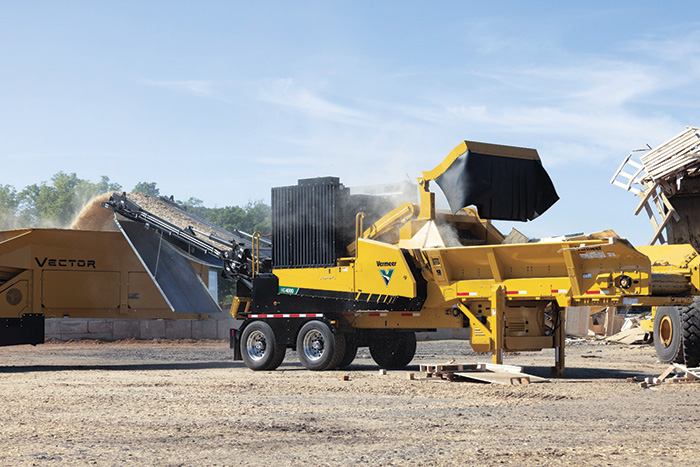Maximizing your screens and reducing contamination in your grinder takes some proactive steps, but it can lead to efficiency gains and a longer life for both your screens and your machine.
By Ted Dirkx
Picture this: you just bought new grinder screens, you put them on and now you are ready to use them. You selected the right kind of screen for the end product and you are hoping they last you awhile. How can you maximize the life of those screens? What should you be doing on an ongoing basis? One of the main things you can do right away to help extend screen life is reduce contaminants that go through your grinder. But how? Is there any real way to mitigate that?
All of these questions are worthy of a detailed answer, and the issues of screen life and contamination are ever-present in the life of grinder owners. However, there are several things that you can do to maximize the life of your screens and reduce contamination in your grinder. Let’s tackle each one, starting with screen life.

Use a Bigger Screen
There are all different kinds of screen shapes and sizes, with the most common shapes being square and round holes. When it comes to maximizing screen life, it matters more about size than shape. It is pretty common for smaller-sized screens to wear out faster. The bigger the screen, the less sizing that is required for material to pass through it, which usually reduces the wear on the screen.
Screens on some grinders can be flipped when they start to wear, which could help you get more hours out of the screen. It is also possible to use a screen with smaller openings in the lower section of the grinder and larger openings in the upper section, to allow the material to purge and reduce the amount of material being carried around in the mill.
The space between the cutter and anvil should also be inspected regularly. The gap is likely to increase over time due to wear, which could affect productivity and product size. As the anvil wears out, material will pass into the screens easier and the screen itself will become almost like the anvil to size the material.
Complete Two Passes Instead of One
One way to extend the life of your screens and reduce contaminants at the same time is to do two passes through your grinder instead of one. Creating finished product with one pass, primary grind can be very hard to accomplish, and pushing large product through small screens forces the screen to act as an anvil and can generate too many fines. Additionally, small screens’ primary grind can tear up screens if contaminants are present. So, doing a larger screen pass first will allow that contaminant to get through, without needing to be sized small enough to fit through a small screen opening.

Remove Contaminants Onsite
You are the front-line defense for removing contaminants before they make it into the grinder. It is important to implement a discipline of removing contaminants onsite. Overall, contaminants cause the most problems when it comes to screen life.
Inspect a grinder screen frequently when running in materials that may contain contaminants. Contaminants, such as a piece of steel or foreign nonorganic material, are some of the biggest culprits of excessive wear to cutters and screens. Typically, the heaviest contaminants shuffle their way to the bottom, so using a wheel loader with a grapple bucket loads in more of those contaminants. An excavator works from the top of the pile. The operator can see what he or she is grabbing. An excavator with a bucket and thumb does not load as many of those contaminants, and it is even better with a rotating clamshell bucket that takes a more precise grab. You always want to avoid longer, larger-diameter branches hanging off the side of the grinder where it can scuff panels and potentially break off hydraulic lines.
Another pro tip is to reduce the amount of dirt that goes into the grinder. Shake the stump or try to remove excess dirt. Dirt wears the tips more than almost anything else because the contaminate wears off the carbide and then you are to the base steel of the tip.

Use Damage Defense
Look for grinders that have a built-in way to help reduce contaminates. Some systems will alert the grinder control and operator while automatically initiating the shutdown process if the mill comes in contact with certain metal contaminants. The operator will then need to exit the loader and properly shut down the grinder to inspect the mill area for damage and remove the contaminants.
This can be an effective solution for contractors who have a lot of foreign debris mixed in with their wood waste. You should still try to remove contaminants before they are loaded into the grinder, but these alerts help ensure that any other contaminants do not make it through or damage the machine or the screens.

Educate the Public
One last area that can make a difference in reducing contamination is to help educate the public. Curbside waste pickup is a growing industry, but also the most common source for contaminate. What can go in their recycling and what should go in their trash instead? They may need to hear it from you to understand it. So, educating the public on what they should and should not be recycling and helping them understand how detrimental contaminates can be to their local recycling facilities can help in the long run.
Maximizing your screens and reducing contamination in your grinder takes some proactive steps, but it can lead to efficiency gains and a longer life for your screens and your machine. | WA
Ted Dirkx is the Sales Manager for Environmental Equipment at Vermeer. After studying composting and graduating with a degree in Environmental Studies from Central College, he joined equipment manufacturer Vermeer Corporation in Pella, Iowa. For the past 11 years, he has been traveling about 25 weeks a year, roaming North America and beyond, helping organizations set up compost facilities, manufacture mulch, clear land, and produce biofuels. As he interacts with operations, he is a curious learner of all things that make their operations successful. He has presented at the Compost Council of Canada Conference, Canadian Wood Waste Recycling Association, Waste Expo, and USCC Conference on topics related to operational efficiency and maintenance. Ted can be reached at [email protected].
Vermeer Corporation reserves the right to make changes in product engineering, design, and specifications; add improvements; or discontinue manufacturing or distribution at any time without notice or obligation. Equipment shown is for illustrative purposes only and may display optional accessories or components specific to their global region. Please contact your local Vermeer dealer for more information on machine specifications.
Vermeer and the Vermeer logo are trademarks of Vermeer Manufacturing Company in the U.S. and/or other countries.
© 2024 Vermeer Corporation. All Rights Reserved.
